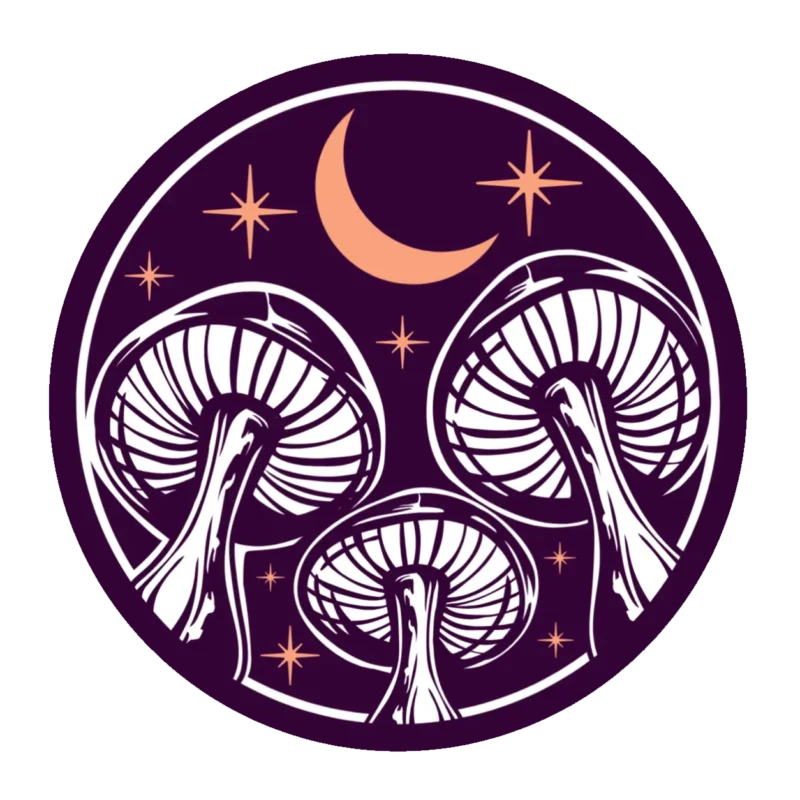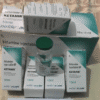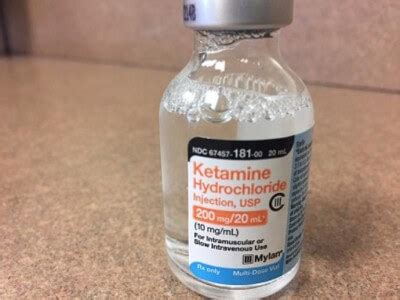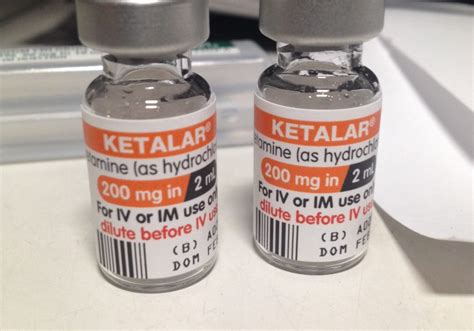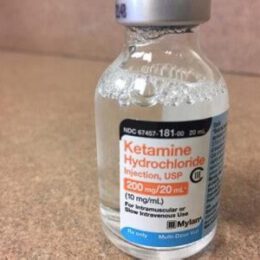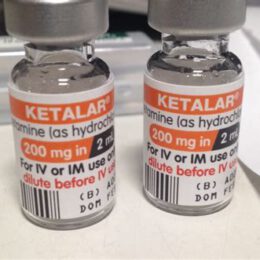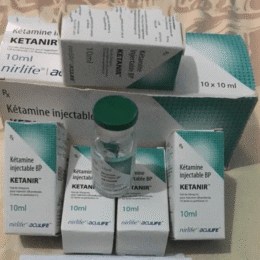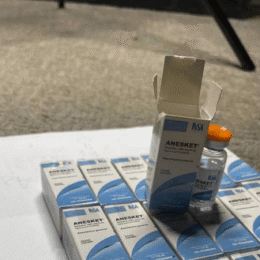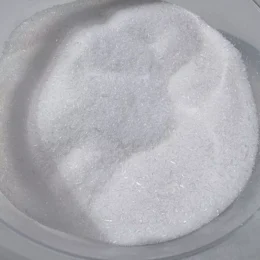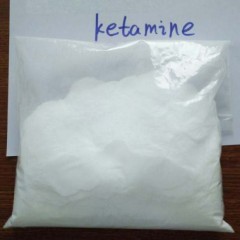Ketamine Vial was first introduced in 1970, with the maker describing it as a “rapidly acting, nonbarbiturate general anesthetic.” Due to its historically unique pharmacological characteristics and newly discovered favorable medicinal capabilities, ketamin has survived the strong winds and continues to have a wide variety of therapeutic uses. It has recently been found for neuroprotective and anti-inflammatory properties, and has helped to expand the therapeutic application of ketamin by demonstrating the utility of low-dose Ketamine Vial regimens.
If you’re familiar with Ketamine Vial, this might be due to its history of violence as a club drogue. Nonetheless, this might be one of the most significant improvements in the treatment of severe depression in recent years. How can a medicine be both promising and dangerous? How your brain is influenced is the answer. Ketamine Vial operates like a flash mob in some conditions and in specialized medical therapy, quickly binding to a specific chemical receptor. It has the potential to be beneficial. But there’s a tremendous obstacle on the other side. Perhaps not yet, but your doctor should prescribe it to you as an antidepressant. Scientists are still researching it.
Related products
Ketamine
Ketamine
